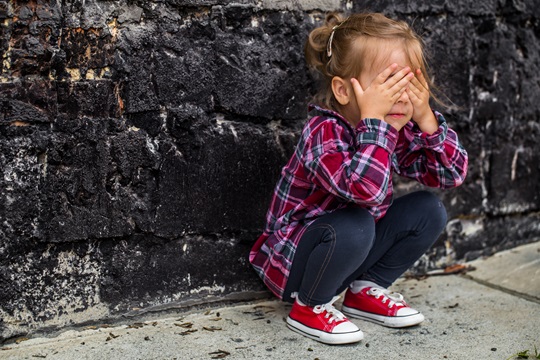
I think my child is having panic attacks. What should we do?
 It is a common misconception that panic attacks are exclusive to teens and adults— in fact, around 3-5% of young children experience them too. ARH Mental Health Postdoctoral Fellowship recipient, Dr Gemma Sicouri’s research highlights how anxiety and panic attacks affect children and how caregivers can support them. Panic attacks are intense episodes of fear, often with symptoms like shallow breathing, and can last for a few minutes up to 30 minutes. They may occur without a clear cause (uncued) or be triggered by specific situations (cued).
It is a common misconception that panic attacks are exclusive to teens and adults— in fact, around 3-5% of young children experience them too. ARH Mental Health Postdoctoral Fellowship recipient, Dr Gemma Sicouri’s research highlights how anxiety and panic attacks affect children and how caregivers can support them. Panic attacks are intense episodes of fear, often with symptoms like shallow breathing, and can last for a few minutes up to 30 minutes. They may occur without a clear cause (uncued) or be triggered by specific situations (cued).
Parents should stay calm during a child’s panic attack, reassuring them that the episode is temporary and not harmful. Techniques like the 3-3-3 rule (naming three things they can hear, see, and touch) can help ground the child. Afterward, discussing the experience can help children understand that panic attacks, while scary, are temporary.
Dr Sicouri also explains “exposure” as an effective technique to encourage children to face their fear, usually administered by a therapist. “For panic attacks, this could be facing certain situations or objects that trigger the panic attack, or exposure to the actual physical symptoms.”
In some cases, panic attacks might indicate anxiety disorders, though panic disorder is rare in children. If attacks are frequent and interfere with daily life, seeking professional advice from a GP or psychologist is recommended.
Dr Gemma Sicouri is currently completing her Geoffrey Betts Postdoctoral Fellowship at Black Dog Institute, University of New South Wales, funded by Australian Rotary Health
Media contact: [email protected] First published 25th September 2024
Graphic acknowledgement: FreePik.com